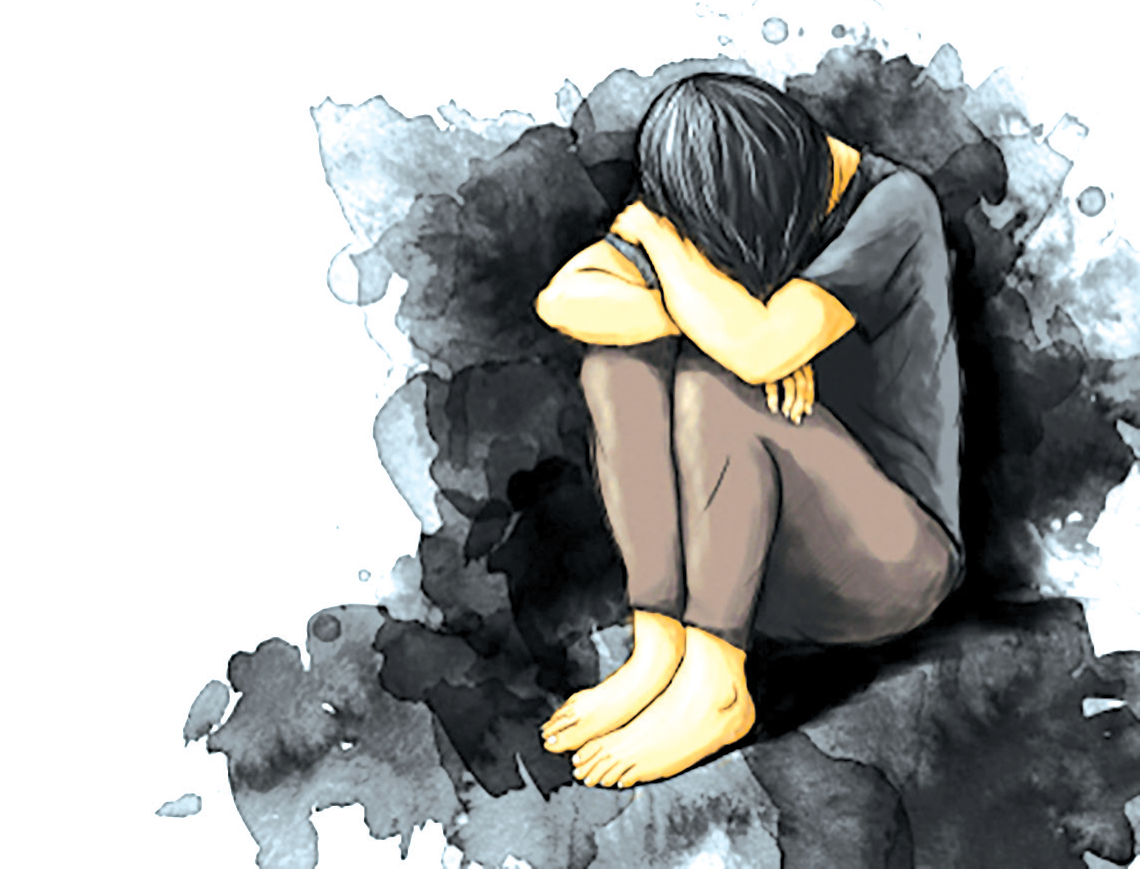
Silent Sufferers; The critical role of parenting, community and awareness for mental health wellbeing
Two weeks ago, tragedy struck close to home. A young man in his mid-20s, living just a few houses away, took his own life. The devastating news reached us a few days after the incident. As a counselling psychologist, it never gets easier. This shakes us to the core. Passing by his eulogy, displayed on a stand near the turn of our lane, constantly reminds me of seeing him around. A few days ago, we were also confronted with another loss the passing of a celebrity’s father. Although the circumstances of his death were different, it brought mental health to the forefront, emphasising that such tragedies transcend social and economic divides. Whether it’s a young man in a middle-class neighbourhood or a well-known public figure’s family, the pain and despair caused by mental health struggles are universal.
These losses have a ripple effect, touching entire communities and leaving many of us asking, “What could have been done to prevent this?” This incident has forced us to confront a disturbing reality how could someone so near, in such despair, go unnoticed by those around him until it was too late? As I reflect on this, it’s clear that this isn’t just about one individual it’s about the state of our community. There are five critical areas we must address parenting, community engagement, mental health awareness, knowing where to seek help and finding meaning and purpose.
Parenting: The first line of defence
The role of parents in a child’s mental and emotional well-being cannot be overstated. Are parents truly aware of what their children are going through? In many cases, parents may unintentionally exacerbate their child’s struggles by failing to provide the emotional support they so desperately need. Instead of listening, understanding, and offering comfort, some parents may resort to criticism, blame, or neglect, pushing a vulnerable child further into isolation and despair. However, it’s important to recognise that even the most well-meaning parents may struggle to connect with their children. Despite their efforts to build bridges, some children may still find it difficult to open up. In such cases, it’s not a matter of blame but rather an indication that the child may need additional support in building trust and expressing their inner world.
It’s crucial for parents to be patient and consider seeking professional help if they sense that their child is struggling to communicate. In this tragic incident, the young man’s struggle went unnoticed by those closest to him, highlighting the need for parents to be vigilant about their children’s emotional wellbeing. Sometimes, children carry burdens in silence, believing that they must solve their problems alone, even when help is readily available. The lesson here is not about assigning blame but about encouraging parents to cultivate open communication, emotional safety, and a non-judgmental space where their children feel comfortable sharing their challenges. Whether through active listening, emotional support, or professional guidance, parents play a pivotal role in helping their children navigate life’s difficulties.
The erosion of community: A lost lifeline
There was a time when neighbours knew each other well. Friendships were forged within the community, and people looked out for one another. If someone was in distress, it was likely that a neighbour would notice and offer help. But today, our communities have become more fragmented and isolated. We live next to each other, but we barely know one another. The very people who pass by each other every day on their way to work are often strangers. This growing sense of disconnection is dangerous. It means that signs of distress often go unnoticed, and people may feel they have no one to turn to in their darkest moments. A strong community can act as a lifeline, providing support, companionship, and intervention when someone is struggling.
Rebuilding these connections isn’t just about fostering camaraderie it’s about safeguarding the mental and emotional well-being of everyone in the community. In closeknit communities, such tragedies are less likely to happen because people are more likely to notice when someone is in distress and offer timely help. Communities where people genuinely care for one another, where neighbours greet each other, check in regularly, and notice when something is wrong, are often places of safety and support.
Mental health awareness: Recognising the signs and taking action
While mental health awareness has grown over the years, there remains a gap in truly recognising and understanding its symptoms. Many still dismiss signs of depression or other mental health disorders as temporary mood swings or personal issues, unaware of the severe consequences of untreated mental illness. A neighbour expressed disbelief, remarking that the young man who passed away seemed strong and assertive, highlighting a common misconception outward strength often masks deeper, underlying issues.
What may appear as resilience or toughness on the surface can sometimes hide feelings of sadness, fear, or helplessness beneath. Another tragic instance is that of the celebrity’s father, who reportedly said he was tired before taking the drastic step of ending his own life. These are warning signs that should never be overlooked. Suicide prevention, mental health first aid, and gatekeeper training courses should be mandatory in communities, workplaces, and schools to equip individuals with the tools to recognise distress and intervene appropriately.
Knowing where to seek help: Bridging the gap in mental health care
Even when individuals come to the realisation that they need help, there’s often confusion about where to seek it. In our society, we know who to call when we need a plumber or an electrician, but how many of us know the mental health professionals available in our community? When a loved one is in emotional distress, do we have a clear idea of who to approach for immediate support? As a therapist, I’ve seen firsthand how critical it is for people to not only recognise the signs of mental health struggles but also to understand their options for seeking help. The gap isn’t just in awareness it’s in accessibility and visibility.
Mental health resources, whether it’s the local counsellor, a psychiatrist, or even peer support groups, should be as readily known and available as any other essential service. One of the barriers I often encounter with clients is the societal stigma attached to seeking therapy. Many fear being judged or misunderstood, which can prevent them from reaching out in the first place. We need to cultivate a culture where seeking help is not seen as a weakness but as a proactive step towards wellbeing. Therapy isn’t just for those in crisis it’s for anyone looking to improve their mental health, whether they’re dealing with anxiety, stress, trauma, or depression. Moreover, communities can play a powerful role in normalising mental health support by fostering environments where mental well-being is prioritised.
Mental health first aid training should be offered in workplaces, schools, and public spaces, empowering people to act as gatekeepers who can identify early signs of distress and connect individuals to the right resources. Ultimately, if we, as a society, can take these steps educating ourselves, reducing stigma, and ensuring accessibility we can create a supportive and compassionate framework where individuals feel empowered to seek help before their struggles become unmanageable. This could mean the difference between a life derailed by untreated mental illness and one where hope and healing are fully within reach.
Mental health resources, whether it’s the local counsellor, a psychiatrist, or even peer support groups, should be as readily known and available as any other essential service.
 English daily published in Bengaluru & Doha
English daily published in Bengaluru & Doha






